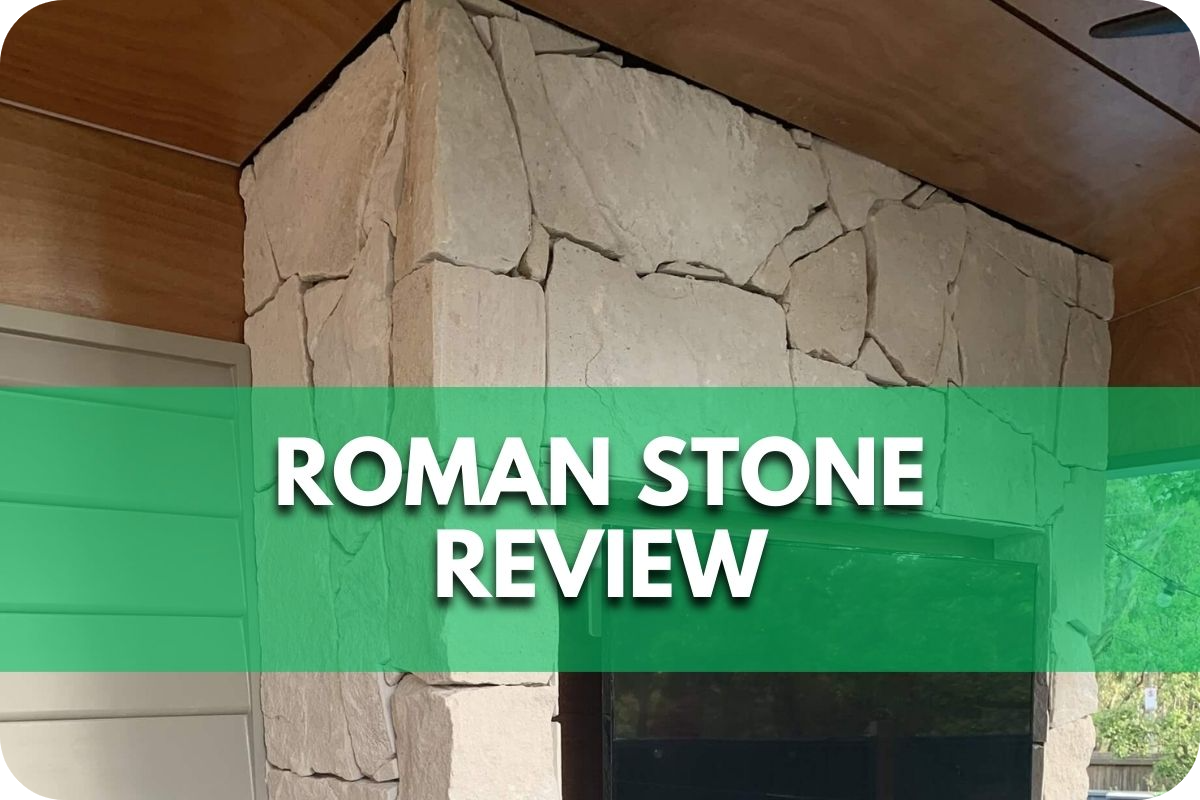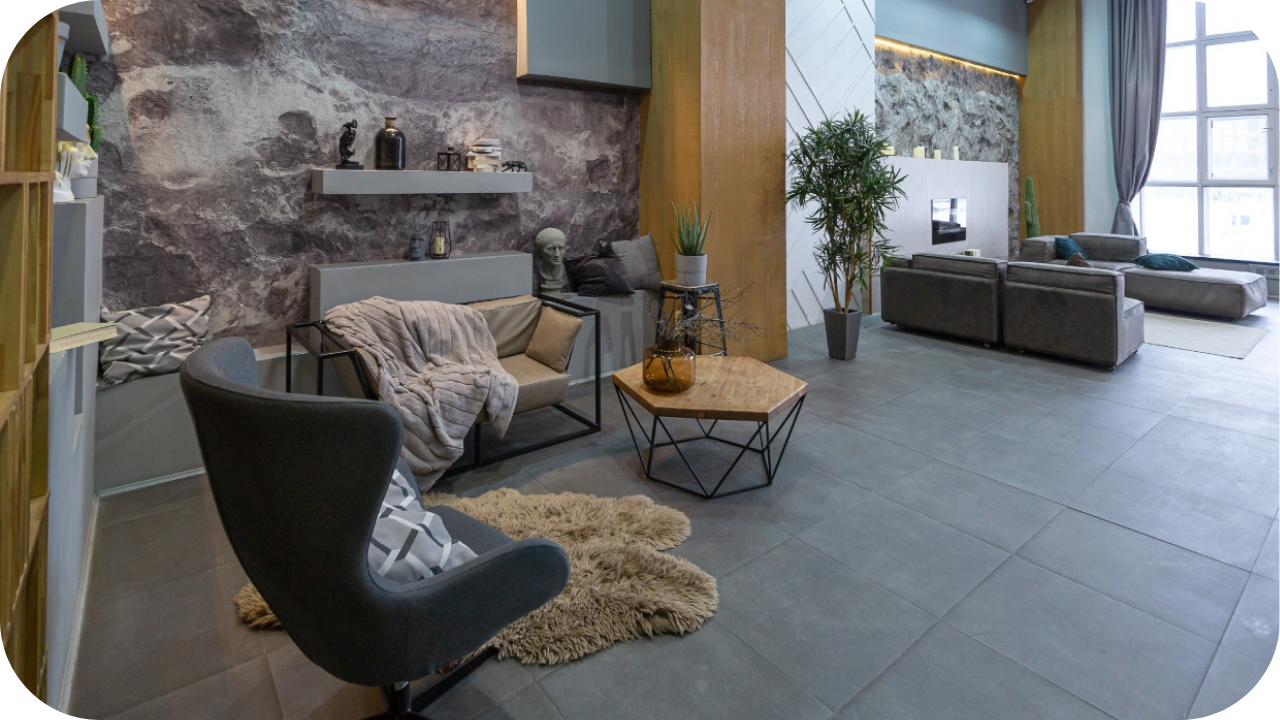
Achieving timeless elegance in sandstone walling can be a challenge amidst countless options in the market.
Yet, discerning builders seek a solution that marries durability with aesthetic appeal, without compromise.
Enter Roman Stone Review – a comprehensive exploration of the solution to this dilemma, promising enduring elegance and sophistication in sandstone walling.
Overview of Roman Stone
Roman Stone Review presents an exceptional option for sandstone walling stone. Mined from premium quarries, Roman Stone embodies both durability and timeless elegance. Its natural texture and warm, earthy tones add character and charm to any architectural project.
Crafted to withstand the test of time, Roman Stone offers peace of mind to builders and homeowners alike. Its dense composition ensures exceptional strength, making it suitable for interior and exterior applications.
Whether used for accent walls, facades, or landscaping features, Roman Stone enhances the aesthetic appeal of any space.
Furthermore, Roman Stone is relatively easy to install, saving time and labour during construction. Its low maintenance requirements make it a practical choice for long-term projects, requiring minimal upkeep to preserve its beauty and functionality.
In summary, Roman Stone Review is a premier choice for those seeking to elevate their architectural projects with enduring elegance and sophistication in sandstone walling.
Key Features of Roman Stone
- Premium Quality Material: Roman Stone Review is crafted from high-grade sandstone sourced from select quarries, ensuring exceptional durability and longevity in various applications.
- Natural Texture and Warm Tones: One of Roman stone’s standout features is its natural texture and warm, earthy tones, which add depth and character to any architectural project and enhance the space’s overall aesthetic appeal.
- Versatility: Roman Stone suits various applications, including exterior facades, garden walls, pathways, and interior accent walls. Its versatility complements multiple design styles, from traditional to contemporary.
- Ease of Installation: Roman Stone is relatively easy to install, making it a practical choice for builders and contractors. Its uniform shape and size facilitate seamless integration into architectural designs, saving time and labour during construction.
- Low Maintenance: Roman stone requires minimal upkeep to look its best, as it is resistant to chipping, cracking, and erosion. Periodic cleaning with a mild detergent and water solution is usually sufficient to preserve its beauty and functionality.
Installation and Maintenance
The installation of Roman Stone Review is straightforward but requires careful attention to detail. First, prepare the substrate, ensuring it is clean, level, and debris-free.
Apply a suitable adhesive or mortar to the back of each stone, then firmly press it into place on the prepared surface, ensuring proper alignment and spacing as per the desired design.
During installation, handling the stones with care is essential to avoid chipping or damage. Additionally, sealing the stones before installation can help enhance their durability and protect them from stains and moisture.
Regular cleaning is essential to maintain Roman Stone’s pristine condition. Use a mild detergent and water solution to remove dirt, grime, and other surface contaminants. Avoid harsh chemicals or abrasive cleaners, which may damage the stone’s surface or sealant.
Periodic inspection for signs of damage or wear is also advisable. This allows any issues to be addressed promptly to prevent further damage.
Practical Uses in Home and Garden
Roman Stone Review offers versatile applications for home and garden settings, adding timeless elegance and durability to any architectural project. Its natural texture and warm, earthy tones make it suitable for a variety of uses:
- Exterior Facades: Roman Stone enhances the exterior of homes and buildings, providing durable protection against the elements while adding aesthetic appeal.
- Garden Walls and Borders: Roman Stone can create garden walls and borders, defining outdoor spaces and adding visual interest to landscaping designs.
- Pathways and Driveways: Create durable and visually appealing pathways and driveways using Roman Stone, complementing outdoor environments with its natural texture and warm tones.
- Water Features: Incorporate Roman Stone into water features such as ponds or fountains, adding a touch of elegance and creating focal points in garden landscapes.
- Outdoor Living Spaces: Roman stone enhances outdoor living areas, such as fireplace surrounds, seating walls, or kitchen countertops, creating functional and inviting spaces for relaxation and entertainment.
Durability and Longevity
Durability and longevity are the bedrock of Roman Stone’s Sandstone Walling Stone. Crafted from high-quality natural sandstone, this material is engineered to withstand the test of time.
Its dense composition and superior strength ensure resilience against weathering, erosion, and wear, making it an ideal choice for indoor and outdoor applications.
Whether facing harsh climates or heavy foot traffic, this stone maintains its structural integrity, minimising the need for frequent repairs or replacements.
Moreover, its resistance to fading and discolouration ensures its timeless elegance remains intact even after years of exposure to sunlight and environmental elements.
Its low maintenance requirements complement this durability, requiring only occasional cleaning to retain its pristine appearance.
Backed by a reputation for reliability, Roman Stone’s sandstone walling stone offers a surface and a lasting investment.
Its enduring performance ensures that your architectural vision remains as striking and sturdy as the day it was installed, providing peace of mind and timeless beauty for generations to come.
Styling Tips with Roman Wall Cladding Stone
Unlock your space’s potential with Roman Stone’s sandstone walling stone and elevate your design to new heights. With its versatile aesthetic, this stone offers endless styling possibilities to suit any architectural vision.
- Versatile Aesthetic: Roman Stone’s Sandstone Walling Stone offers endless styling possibilities to suit any architectural vision.
- Classic Appeal: A traditional dry-stack installation achieves a timeless look, highlighting the stone’s natural texture and earthy hues.
- Modern Statement: Create a contemporary vibe by pairing the stone with sleek metal accents or minimalist décor.
- Customisation Options: Experiment with various laying patterns and joint finishes to customise the appearance, from rustic charm to clean lines.
- Mix and Match: Blend different stone sizes and colours to add depth and visual interest, or create focal points with decorative motifs or insets.
- Outdoor Enhancement: Define boundaries, accentuate landscaping features, or create stunning facades to elevate outdoor spaces.
- Indoor Transformation: Turn ordinary walls into captivating focal points or accentuate architectural elements like fireplaces or columns.
- Endless Creativity: With Roman Stone’s Sandstone Walling Stone, the possibilities are limitless, allowing your creativity to flourish and your space to shine with timeless elegance.
Pros and Cons of Roman Walling Stone
| Pros | Cons |
| Due to its dense composition, Roman walling stone is heavier than some alternative materials. It requires adequate structural support during installation, which may increase labour and material costs. | – The initial investment for Roman walling stone may be higher than that for synthetic or lower-grade alternatives, which could impact budget considerations for some projects. |
| – Crafted from high-quality natural sandstone, this stone is engineered to withstand weathering, erosion, and wear, ensuring long-lasting performance. | – Proper installation of Roman Walling Stone requires skilled labour, potentially increasing project costs due to labour expenses. |
| – Roman walling stone offers versatility in design, allowing for various laying patterns, joint finishes, and customisation options to suit different aesthetic preferences and project requirements. | – The natural colour variations of Roman walling stone may be limited compared to synthetic alternatives, potentially limiting design options for some projects. |
| – Requires minimal maintenance, with occasional cleaning sufficient to retain its pristine appearance and structural integrity. | – The natural colour variations of Roman walling stone may be limited compared to synthetic alternatives, potentially limiting design options for some projects. |
| – Resistant to fading, discolouration, and damage from harsh weather conditions, ensuring its appearance and performance endure over time. | – As a natural stone product, Roman Walling Stone exhibits inherent variations in colour, texture, and veining, which may not appeal to all design preferences or project requirements. |
| – Made from natural sandstone, Roman Walling Stone is environmentally friendly, contributing to sustainable building practices and reducing carbon footprint. | – Sealing Requirement: May require periodic sealing to maintain its appearance and protect against staining. |
| – Offers long-term durability and longevity, providing a lasting investment that retains its beauty and structural integrity for years. | – To maintain its appearance and protect against staining, Roman Walling Stone may require periodic sealing, adding to maintenance requirements and costs over time. |
| – Roman Walling Stone adds value to properties through its enduring beauty, durability, and longevity, making it a worthwhile investment for enhancing outdoor and indoor spaces. |
Conclusion
In conclusion, Roman Stone’s Sandstone Walling Stone epitomises timeless elegance and durability, offering endless possibilities for enhancing architectural designs.
With its classic appeal and long-lasting performance, Roman Stone is a superior choice for both indoor and outdoor spaces.
Elevate your project with Roman Stone today and redefine timeless sophistication.
More To Explore

Stone Accents: Adding Charm to Modern Interiors with Natural Stone
Modern interiors seek a balance of style, durability, and uniqueness. Natural stone accents are a game-changer, adding timeless elegance and character to any space. As

Natural Stone Features That Will Transform Your Living Room
Natural stone elevates any living room with elegance, texture, and timeless appeal. Its versatility allows it to enhance both modern and traditional spaces. From stone


